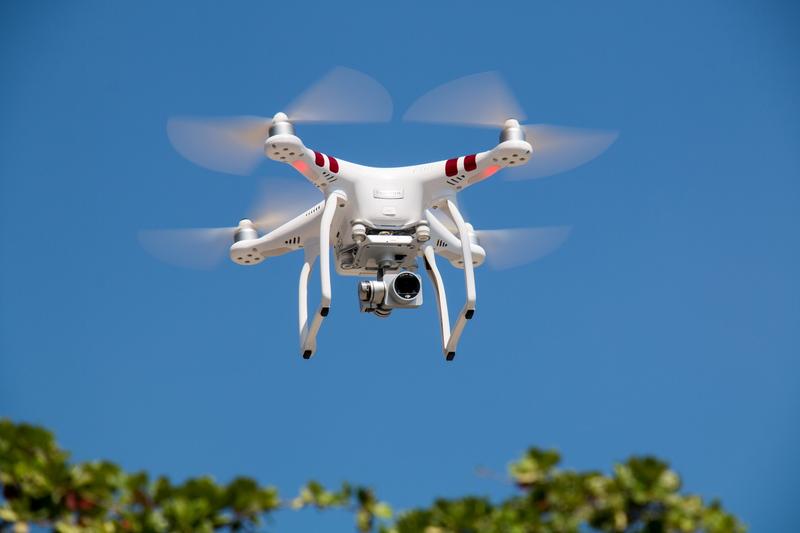Technological advancement in the transportation industry is rapidly transforming how we envisage mobility. As urban areas become densely populated, the notion of flying car drone innovations emerges not merely as a concept from science fiction, but as a tangible solution for future transportation challenges.
Revolutionary Concept: Flying Car Drones
Flying car drones perfectly blend aeronautical engineering with modern vehicular technology, creating a dynamic mode of transportation that promises to revolutionize urban travel. These vehicles, equipped to lift off vertically and navigate above traffic congestion, symbolize the epitome of efficiency and convenience.
From electric multicopters to jet-equipped modules, the essence of these aerodynamic creations lies in their ability to conjugate speed, sustainability, and intelligence. Key technological firms have indulged greatly in research and development, aiming for eco-friendly, user-friendly systems. The objective: to convert the overwhelming dream of flight into an everyday reality.
Advancements and Challenges
Technology Integration
Seamlessly integrating autonomous driving technology and aviation systems is paramount for flying car drones. Advanced AI algorithms guide these vehicles, ensuring safe and efficient navigation. With robust sensing capabilities, they can offer reliable real-time detection and avoidance maneuvers in dynamic environments.
Although there has been a significant leap in innovation, numerous hurdles remain. Regulatory frameworks need a drastic evolution to accommodate aerial vehicles into the existing traffic structure, warranting new parameters for safety, responsibility, and licensure.
Infrastructure Development

Infrastructure plays a vital role in materializing the vision of flying car drones. Establishing vertiports, akin to helipads, could provide designated takeoff and landing zones within urban landscapes. Moreover, cybersecurity measures need profound attention to safeguard these networks against digital threats.
Impact on Society
The societal implications of flying car drones cannot be underestimated. By alleviating the strain on terrestrial transportation systems, they could dramatically reduce commute times and contribute to environmental conservation by lowering vehicular emissions.
Potential Benefits
Beyond immediate commute benefits, these innovations may reshape the very fabric of logistics and goods delivery. Their ability to traverse remote and inaccessible locations presents an invaluable method for rapid dispatch, especially crucial in medical emergencies.
 Pricing models for personal use could evolve as these drones become mainstream, making rental and shared ownership viable options, further democratizing access to futuristic mobility.
Pricing models for personal use could evolve as these drones become mainstream, making rental and shared ownership viable options, further democratizing access to futuristic mobility.
FAQs
What is the expected timeline for flying car drones to become mainstream?
Current projections estimate that flying car drones could become a mainstream mode of transportation within 10-15 years, contingent on overcoming regulatory and technological barriers.
Are flying car drones safe for everyday use?
Continued advancements in AI and machine learning are enhancing the safety protocols, making flying car drones increasingly reliable for daily operations, though they are subject to rigorous testing and regulation.
How does flying car drone technology impact environmental sustainability?
Through reduced emissions and improved traffic management, flying car drones possess the potential to significantly bolster sustainability efforts, promoting cleaner urban environments.